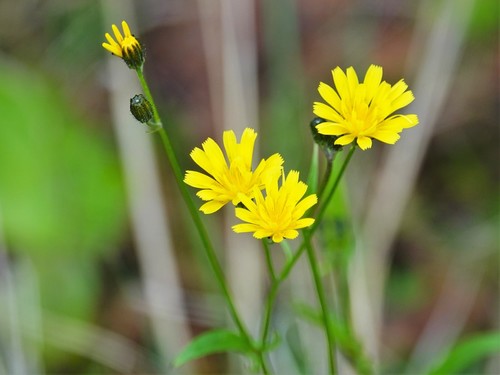Introduction
Compost can be ready in as little as 4–8 weeks in hot, well-managed systems—or 3–6+ months in cooler, passive bins. Your timeline depends on bin type, material balance, particle size, moisture, and aeration.
Typical Timelines by Bin Type
- Tumbler: 1–3 months if loaded in batches, turned often, and kept moist.
- Enclosed stationary bin: 3–6 months with weekly turning; longer if passive.
- Worm bin: 2–4 months for vermicast, depending on feeding rate and temperature.
- Bokashi: 2 weeks to ferment, then 2–6 weeks to finish in soil/compost.
Five Ways to Speed Things Up
- Chop smaller: Cut scraps to 2–3 cm pieces to increase surface area.
- Balance ratio: Aim ~2–3 parts browns to 1 part greens by volume.
- Aerate often: Turn weekly or spin a tumbler 3–4 times/week.
- Moisture control: Keep like a wrung-out sponge; add water or browns as needed.
- Warmth: Place bin in a warm, protected spot; insulate in cool weather.
How to Tell It’s Done
- Dark, crumbly texture with an earthy smell.
- Original materials mostly unrecognizable.
- Temperature returns to ambient and stays stable.
Finishing & Screening
Screen finished compost to remove oversized bits; return them to the bin for a “second round.” Let fresh compost “cure” 1–2 weeks before using around seedlings.
Conclusion
With good airflow, moisture, and a balanced mix, expect high-quality compost within 1–3 months in an active system, or a few months more if you go low-maintenance.







